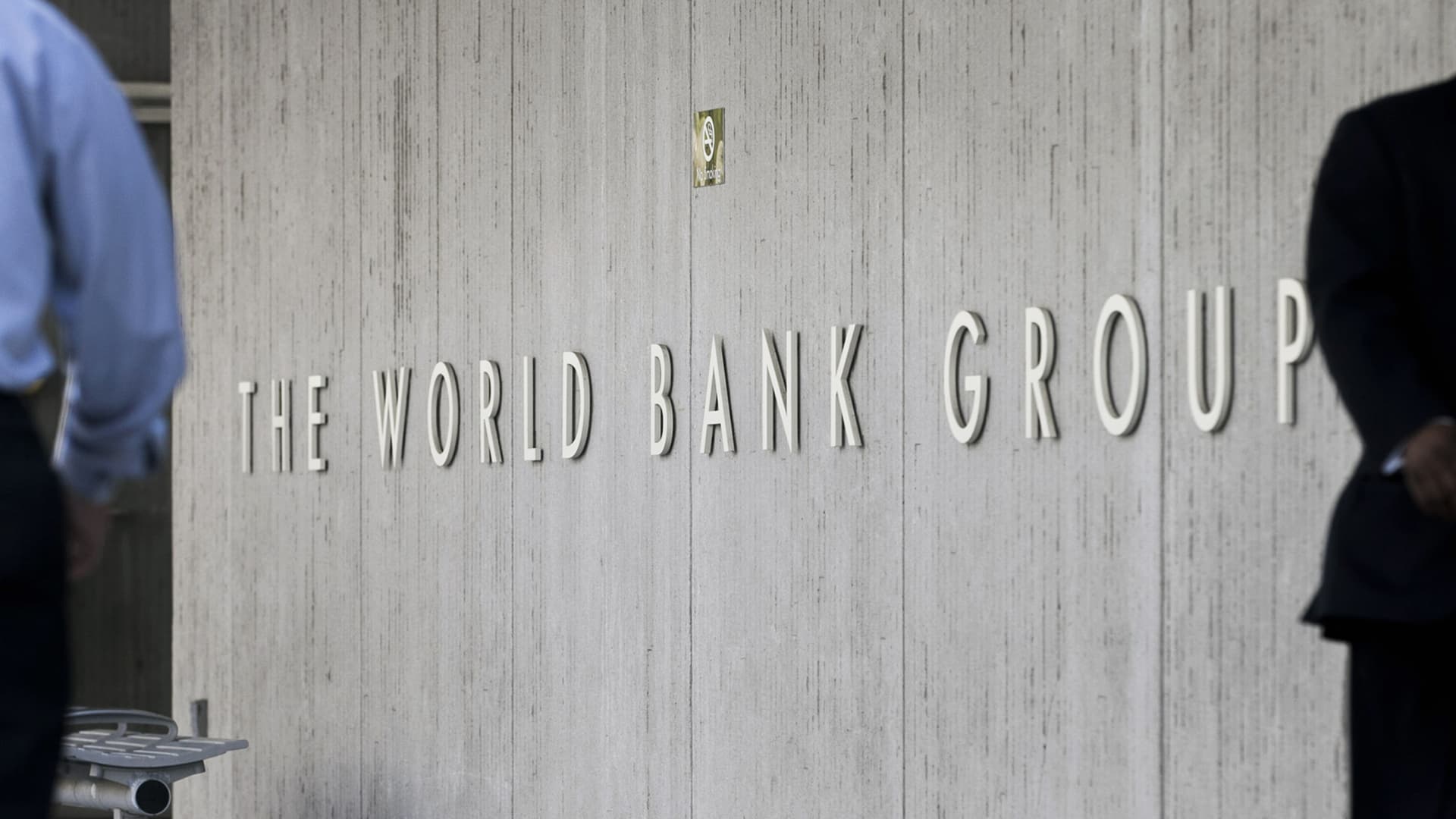Higher rates and overhangs from this year’s banking crisis will drastically slow economic growth for the biggest global economies, the World Bank said Tuesday.
The institution said advanced economies — the U.S., Japan and euro area countries — are expected to grow by only 0.7% in 2023, down from 2.6% in 2022.
The U.S. is projected to grow 1.1%, while the euro area and Japan are projected to see GDP growth of less than 1% in 2023. U.S. GDP growth is expected to decelerate in 2024 to 0.8% amid the higher rates.
The bank estimates overall global growth will decelerate to 2.1% in 2023, down from 3.1% last year. Emerging and developing economies are forecast to see a slight uptick in gross domestic product to 4%, up 0.6% from the bank’s projections made in January 2023. However, World Bank chief economist Indermit Gill said excluding China, growth in developing economies would be less than 3%.
This marks “one of the weakest growth rates in the last five decades,” Gill told reporters Tuesday.
The reduced forecasts for growth reflect broad-based downgrades stemming several overlapping shocks, most recent of which include spillover effects from the recent banking crisis seen in the U.S. and advanced economies. Increasingly restrictive credit conditions resulting from the banking turmoil have effectively shut out emerging and developing economies from global bond markets, putting them “in dangerous waters,” said the bank.
Fiscal weakness has dealt a further blow to low-income countries, 14 out of 28 of which are now in debt distress or at high risk of debt distress, according to the report. One-third of these countries are expected to see per capita incomes in 2024 remain at 2019 levels.
Nonetheless, central banks around the world continue raising rates to fight off persistent inflation.
“The world economy remains hobbled,” the bank said in the report. “Besieged by high inflation, tight global financial markets, and record debt levels, many countries are simply growing poorer.”
This story originally appeared on CNBC

